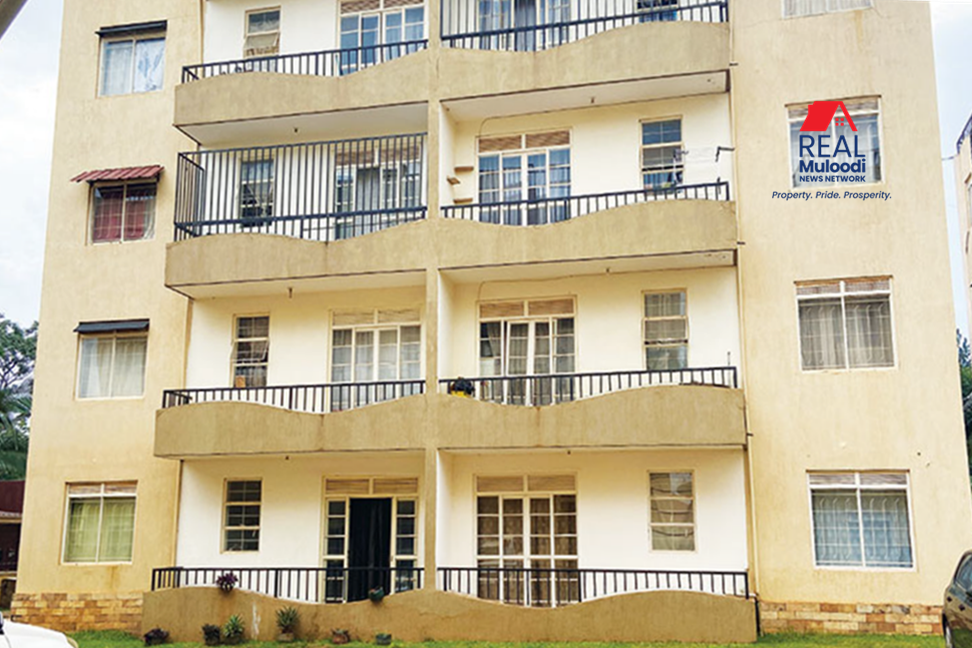UGANDA, Kampala | Real Muloodi News | If you’re an apartment owner or thinking about buying one in Uganda, you’re likely aware of the recent concerns regarding building quality. Complaints about subpar work from property developers have surfaced, prompting worries about safety and long-term investment value. Here’s a comprehensive guide to understanding, identifying, and rectifying apartment defects.
1. Understanding Apartment Defects
Apartment defects can range from minor cosmetic issues to serious structural problems. Understanding the types of defects is the first step in addressing them.
Structural Defects
These are the most severe and can compromise the building’s safety. Examples include:
Foundation Issues: Cracks in the foundation can lead to instability.
Framing Problems: Poorly installed framing can cause significant structural failures.
Roof Problems: Leaks from poor roofing installation can lead to water damage.
Non-Structural Defects
These can affect aesthetic appeal but are generally less dangerous. Examples include:
Poor Finishing: Inadequate paint or flooring can detract from the overall look.
Water Leakage: Problems with plumbing that cause leaks can be troublesome.
2. Ignorance Is Not Bliss
As an apartment owner, you are part of the owners’ association (or body corporate), which holds collective responsibility for maintaining shared spaces and addressing defects.
“Ignoring defects can lead to bigger issues later,” warns Samuel Okello, a local property expert. It’s essential to be proactive in recognising and reporting issues.
3. The Power of Information
Knowledge is crucial in dealing with defects. Here’s how to gather the right information:
Strata Reports: For buyers, a detailed strata report can provide insight into existing issues.
Defect Reports: For owners of new buildings, obtaining a professional defect report is crucial.
“Investing in a thorough inspection can save you money in the long run,” advises Christine Nansubuga, a real estate consultant.
4. Early Detection is Key
Detecting defects early can prevent costly repairs later. Regular inspections can help identify potential issues such as:
Fire Hazards: Ensure that smoke alarms and fire exits are up to code.
Waterproofing Issues: Look for signs of water damage in common areas.
Professional inspectors can uncover issues that might go unnoticed, such as hidden mould or structural weaknesses.
“Building inspectors are trained to spot problems that the average person might miss,” says architect David Muwanguzi.
5. Reporting Defects
Once defects are identified, it’s essential to report them to the appropriate parties. This includes:
Owners’ Association: They can coordinate a response and help with collective action.
Individual Owners: Communicate with your neighbours who might be facing similar issues.
“There’s strength in numbers. Banding together can help you pressure the developer to address defects,” suggests Grace Atuhaire, a community leader.
6. Know Your Rights and Responsibilities
As an owner, you have rights when it comes to dealing with defects:
Warranty Periods: For minor defects, you usually have two years to request repairs from the developer.
Legal Responsibilities: You’re obligated to maintain common areas and report issues.
Understanding your legal standing can empower you in negotiations with developers or builders.
7. Engage the Right Experts
Dealing with defects can be overwhelming, and you may need to enlist various professionals:
Lawyers: They can help navigate any legal disputes.
Building Inspectors: They assess the severity of defects.
Project Managers: They can oversee repairs and ensure they are done correctly.
“Having the right experts can make the process smoother and less stressful,” says contractor John Bwanika.
8. Develop a Comprehensive Management Plan
Implementing a defect management plan is crucial for maintaining apartment quality. This plan should include:
Regular Inspections: Schedule periodic evaluations to catch issues early.
Reporting Procedures: Establish a clear system for reporting defects.
Rectification Protocols: Define how defects will be addressed and who will be responsible.
Using specialised software can streamline these processes and help keep track of defects.
9. The Role of Government and Regulations
Government intervention is essential in improving building quality and addressing defects. This includes:
Better Regulations: Authorities must enforce stricter building codes and oversee developers more vigilantly.
Transparency: Developers should provide complete information about construction materials and processes.
“Government oversight is key to holding developers accountable and ensuring safety in buildings,” emphasises urban planner Ruth Ssewanyana.
10. Building Community Awareness
Creating awareness among homeowners about their rights and responsibilities is vital. Owners’ associations should:
Host Workshops: Educate members on common defects and prevention strategies.
Share Information: Maintain records of defects and how they were resolved.
Sharing experiences can empower owners and lead to better collective action.
Dealing with apartment defects in Uganda can be daunting, but it’s crucial for ensuring safety and protecting your investment.
By understanding the types of defects, gathering information, engaging professionals, and advocating for better regulations, you can navigate the complexities of property ownership more effectively.
READ MORE LIKE THIS:



